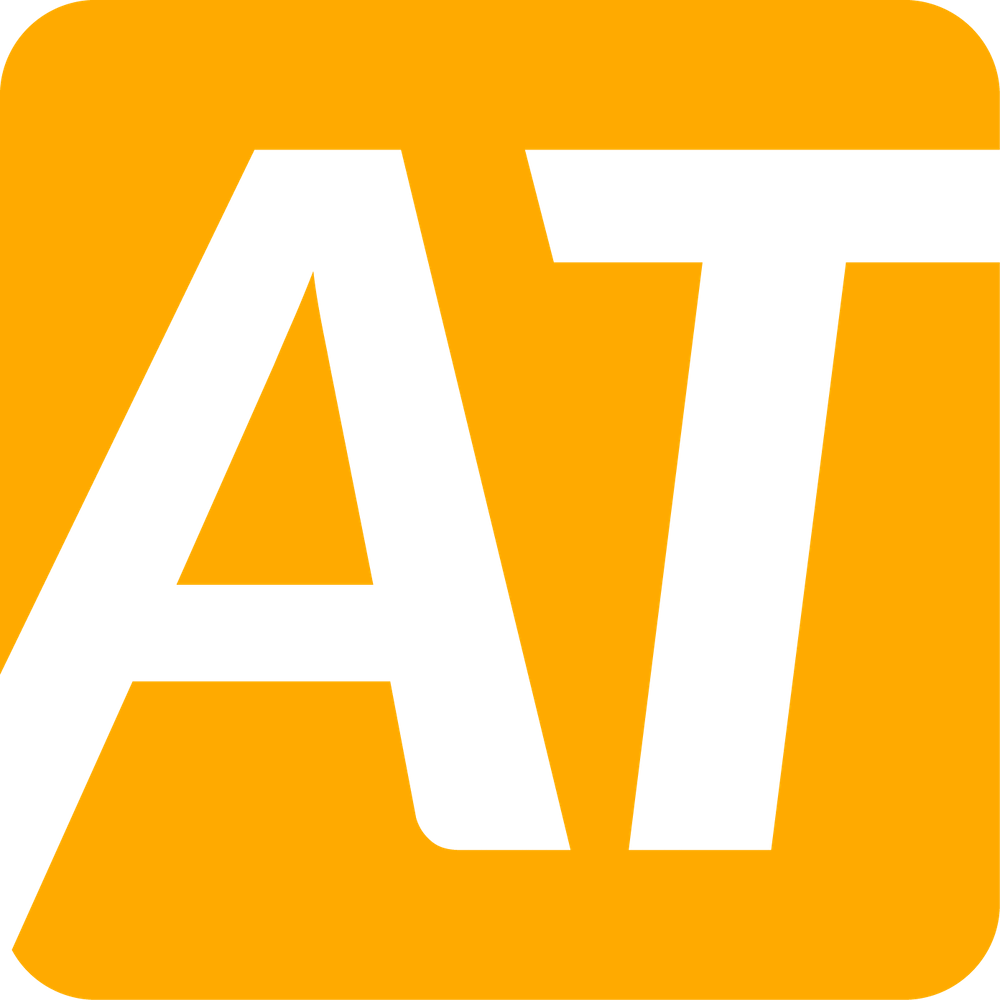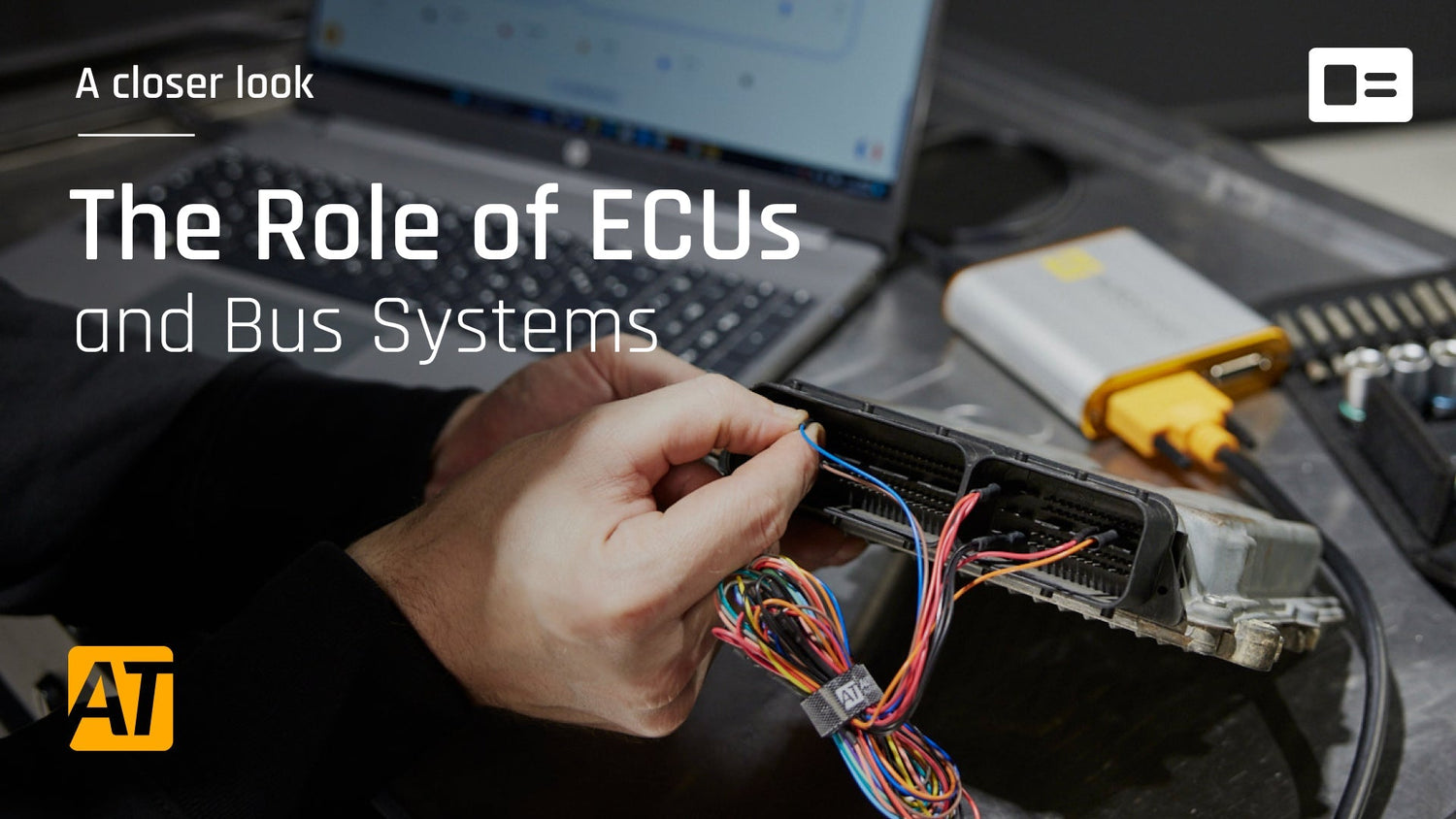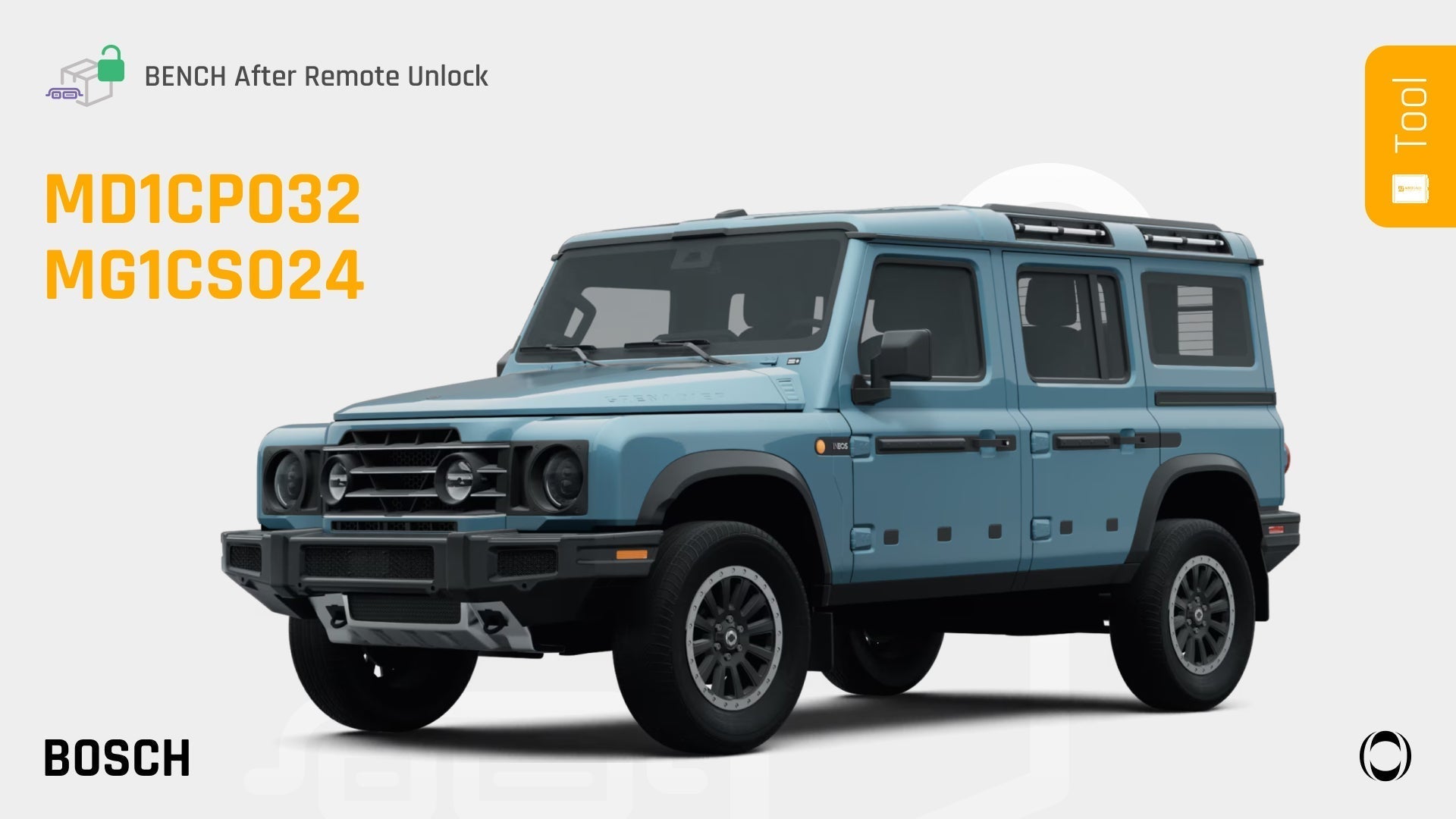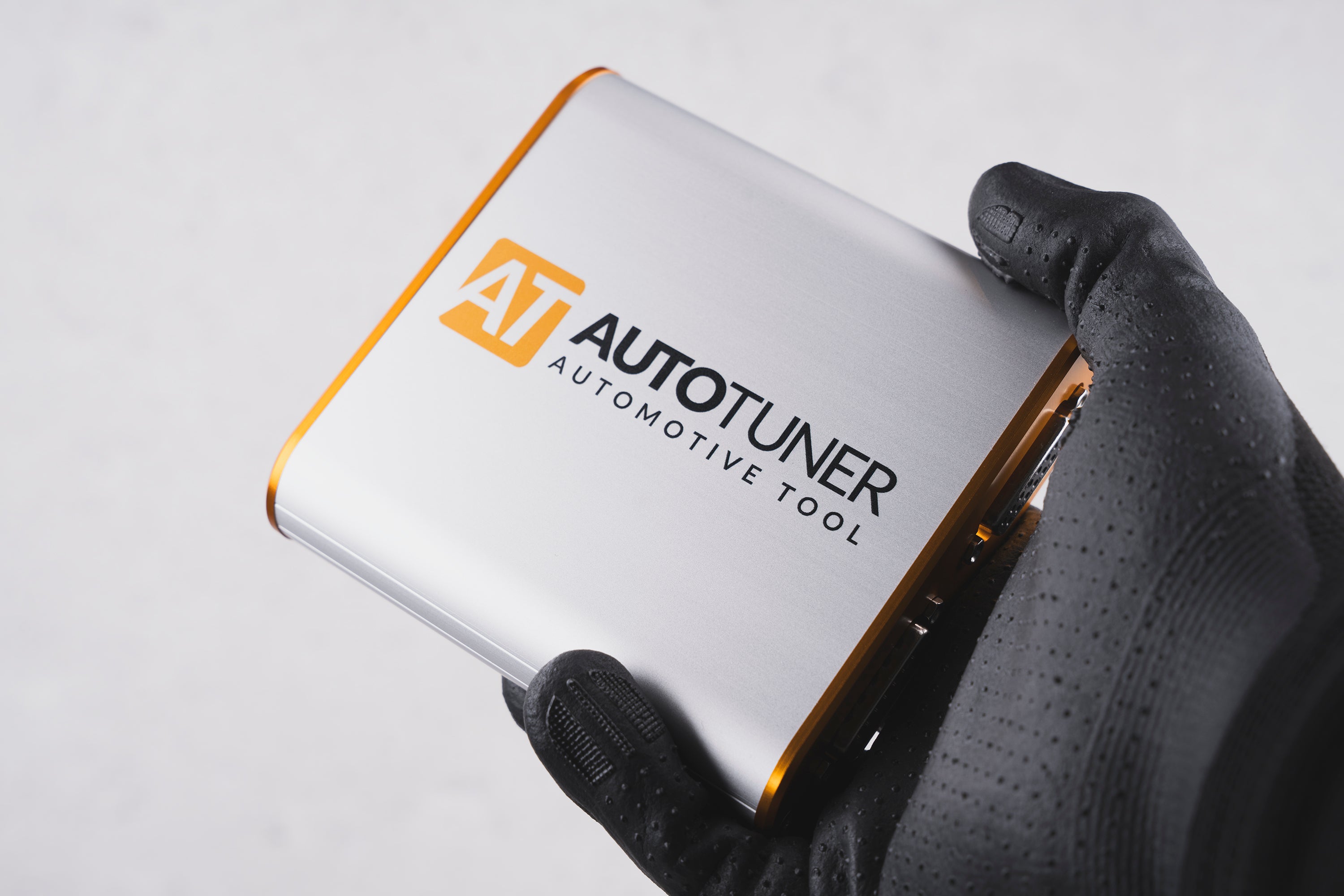The modern automobile is no longer a simple machine; it is a complex, digital ecosystem packed with dozens of interconnected Electronic Control Units (ECUs). Each of these ECUs is responsible for controlling and monitoring specific vehicle systems, from engine performance and braking to infotainment and climate control. With the increasing sophistication of automotive technology, robust and efficient communication between ECUs has become critical. This is where automotive bus systems and communication protocols come into play.
The Role of ECUs and Bus Systems
At the core of this ecosystem lies a variety of ECUs, each with a unique physical address and function. These control units interact through in-vehicle networks using communication protocols such as CAN (Controller Area Network), LIN (Local Interconnect Network), FlexRay, K-Line, and Ethernet (ENET). The ECUs are designed not only to command and control their assigned systems but also to monitor component performance and detect anomalies over time.
To coordinate this activity, automotive bus systems act as digital highways, facilitating real-time data exchange among the various ECUs. These systems include:
-
Data Bus: Transfers the actual information.
-
Address Bus: Carries information on where the data should go.
-
Control Bus: Handles control signals and timing.
Key Communication Protocols in Vehicles
CAN (Controller Area Network)
Developed by Bosch in the early 1990s, the CAN protocol revolutionized in-vehicle communications. It allows multiple ECUs to communicate directly without a central host. Its robustness, simplicity, and fault tolerance made it the backbone of modern automotive networks. Operating on a dual-wire system (CAN_H and CAN_L), it transmits data differentially, enhancing reliability and interference resistance. Its standard 11-bit and extended 29-bit identifiers allow for efficient message arbitration, ensuring high-priority messages are delivered first.
Unified Diagnostic Services (UDS) is a communication protocol that builds on CAN to offer a standardized way to access diagnostic and configuration data across different makes and models. UDS enables a suite of services like ECU identification, data monitoring, actuator tests, and firmware updates, all while ensuring data integrity through encryption and authentication protocols.
LIN (Local Interconnect Network)
The LIN protocol is used for simpler, slower applications like window controls and interior lighting. It operates over a single wire and is highly cost-effective. LIN's design minimizes implementation overhead, making it ideal for basic control modules.
FlexRay
FlexRay brings high-speed, fault-tolerant communication capabilities, making it suitable for safety-critical systems like brake-by-wire or drive-by-wire. Although more expensive than CAN, its deterministic performance and dual-channel redundancy give it an edge for premium automotive applications.
K-Line
An older protocol, K-Line is a single-wire communication standard used primarily for diagnostics. Though slower than CAN and largely phased out in newer vehicles, it remains prevalent in legacy systems and specialized diagnostic tools.
ENET (Automotive Ethernet)
As vehicles adopt advanced driver-assistance systems (ADAS), real-time video processing, and over-the-air (OTA) updates, Ethernet is emerging as the new standard. With speeds reaching gigabits per second, it supports high-bandwidth applications and is compatible with modern service-oriented architectures. Protocols like DoIP (Diagnostics over Internet Protocol) leverage Ethernet to facilitate advanced diagnostics and firmware updates.
Secure Gateway: SGW
With increased connectivity comes heightened vulnerability. Secure Gateway (SGW) systems serve as firewalls within vehicle networks, controlling access between ECUs and ensuring only authenticated tools can perform programming or diagnostics. Security Gateway systems often have their own dedicated ECU, which is responsible for all security relevant functions.
Ethernet vs. CAN: The New Frontier
As automotive demands evolve, the limitations of CAN have become evident. Even with enhancements like CAN-FD (up to 8 Mbps) and CAN-XL (up to 20 Mbps), they fall short of the bandwidth needed for modern applications.
Ethernet fills this gap, supporting data-intensive functions such as camera feeds, radar, and LIDAR integration. First introduced in DoIP systems (Diagnostic over Internet Protocol), Ethernet has rapidly matured into a mainstream solution. It offers advantages in speed, standardization, and scalability. However, Ethernet also introduces higher complexity, cost, and electromagnetic compatibility challenges.
Hybrid Architectures: The Coexistence of Protocols
Rather than replacing CAN outright, the industry is shifting toward hybrid architectures. Ethernet handles high-speed, high-volume data transfer, while CAN remains indispensable for low-speed, real-time control applications. LIN, meanwhile, continues to serve low-cost, non-critical systems.
This layered architecture ensures optimal performance, cost efficiency, and safety. For instance, an advanced driver-assistance system may use Ethernet for sensor data fusion, CAN for engine control, and LIN for interior compartment management.
AutoTuner’s Role in This Evolving Ecosystem
At AutoTuner, we see this transformation as both a challenge and an opportunity. With more ECUs and diverse communication protocols, the task of reading, interpreting, and rewriting ECU data has become more complex. Ethernet, while powerful, introduces redundancy and intricacy that can obscure performance optimization.
Our tool is designed to adapt to this new environment. We have invested in decoding the complexities of hybrid communication systems, ensuring compatibility across platforms. Our team is equipped to manage everything from simple LIN-based modules to high-bandwidth ENET systems, ensuring that tuning and diagnostics remain seamless and effective.
As SGW systems tighten security, AutoTuner stays ahead by integrating the latest authorization workflows, encryption techniques, and manufacturer-specific protocols into our Tool.





